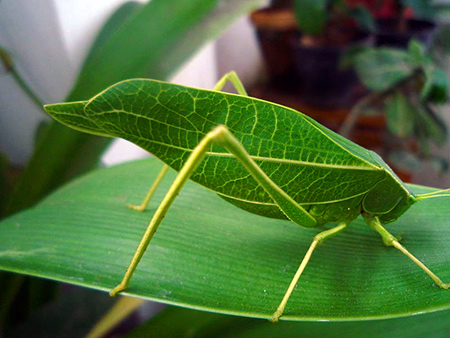
Active camouflage is present in several groups of animals including cephalopod molluscs, fish, and reptiles. There are two mechanisms of active camouflage in animals: counterillumination camouflage, and color change. Continue reading to see twenty incredible examples of how animals camouflage themselves.

Counterillumination camouflage is the production of light to blend in against a lit background. In the sea, light comes down from the surface, so when marine animals are seen from below, they appear darker than the background. Some species of cephalopod, such as the Midwater Squid and the Sparkling Enope Squid, produce light in photophores on their undersides to match the background. Bioluminescence is common among marine animals, so counterillumination camouflage may be widespread, though light has other functions, including attracting prey and signalling.
Color change permits camouflage against different backgrounds. Many cephalopods including octopus, cuttlefish, and squid, and some terrestrial reptiles including chameleons and anoles can rapidly change color and pattern, though the major reasons for this include signalling, not only camouflage. Active camouflage is also used by many bottom-living flatfish such as plaice, sole, and flounder that actively copy the patterns and colors of the seafloor below them. For example, the tropical flounder Bothus ocellatus can match its pattern to “a wide range of background textures” in 2-8 seconds.
[Source]
